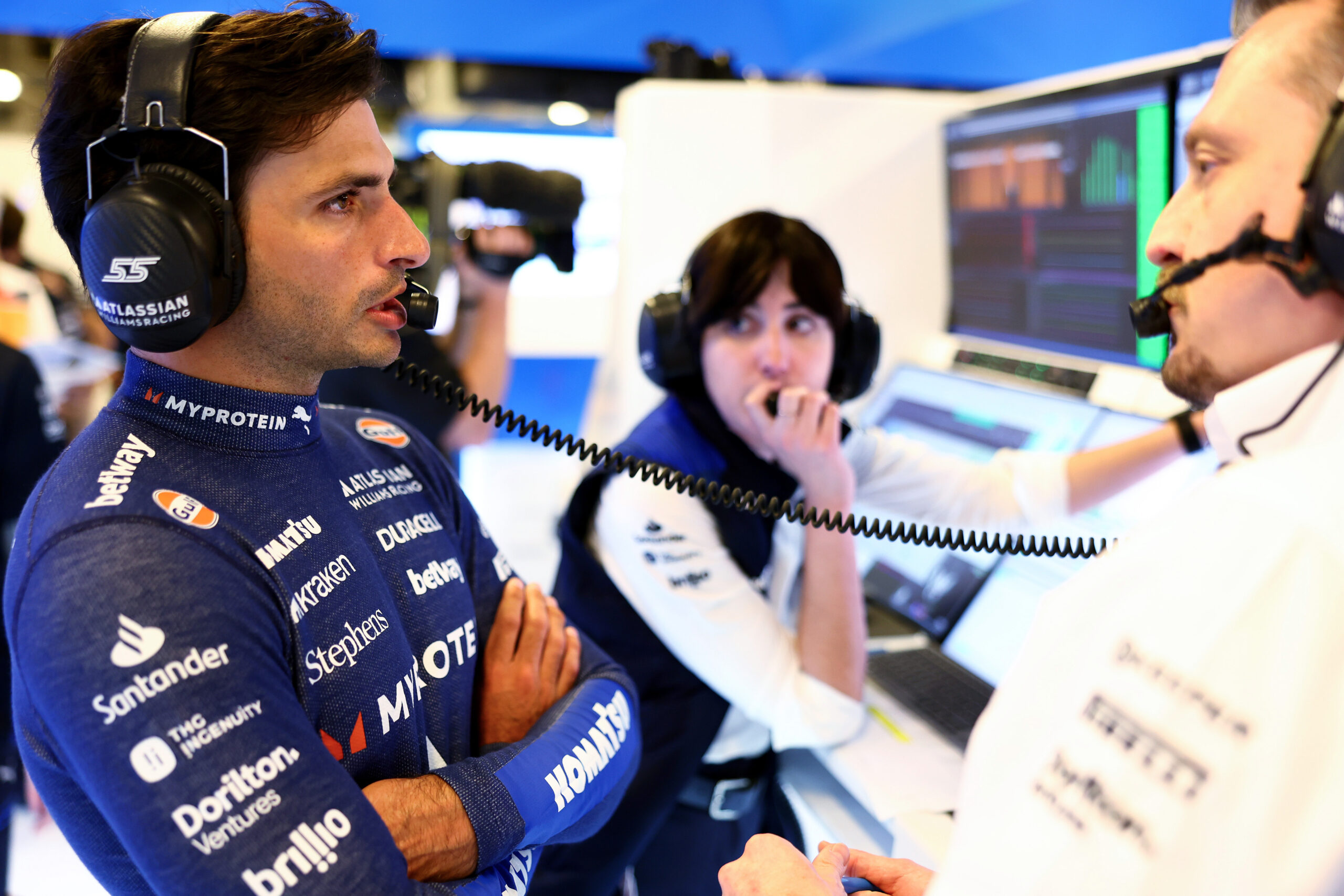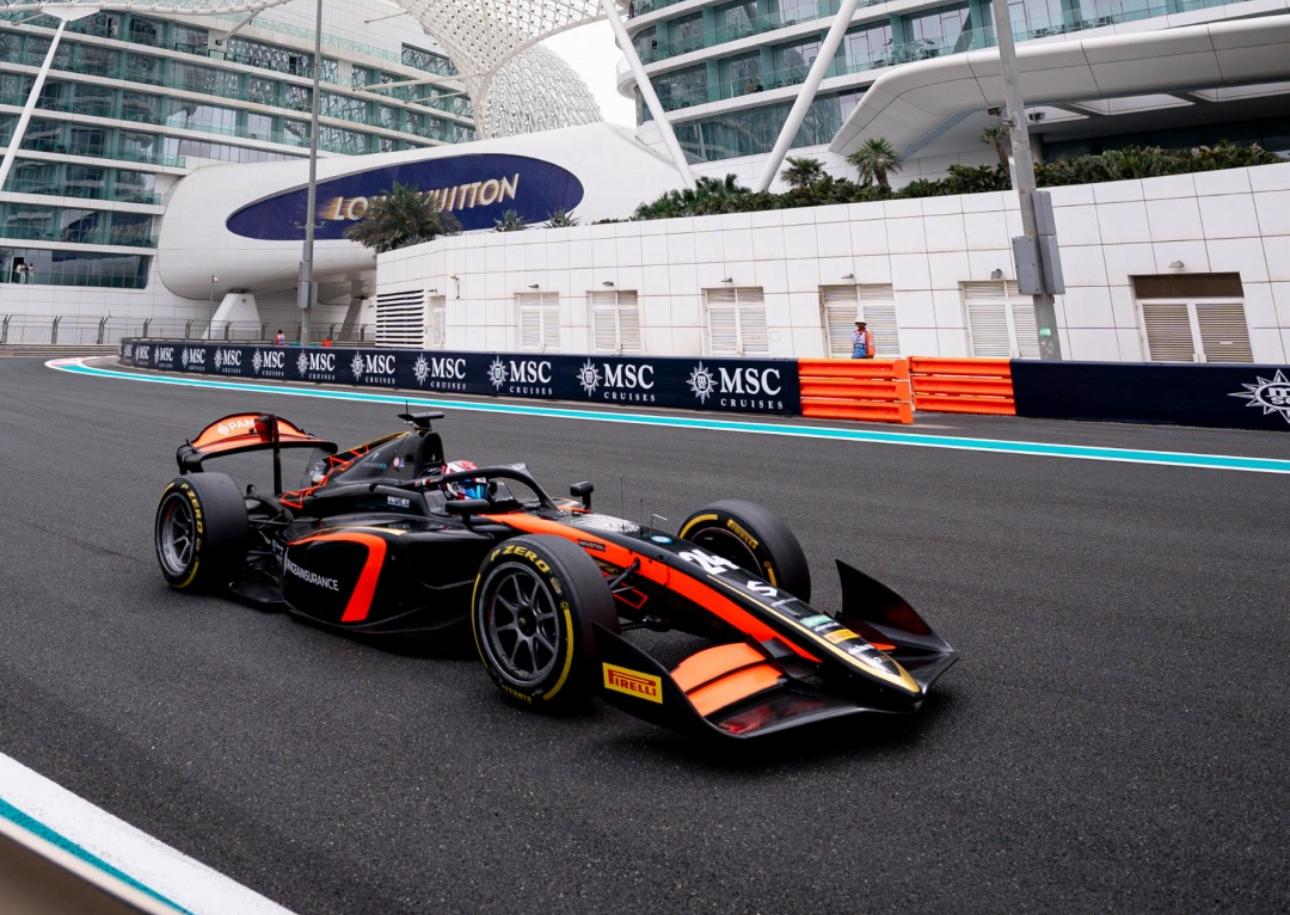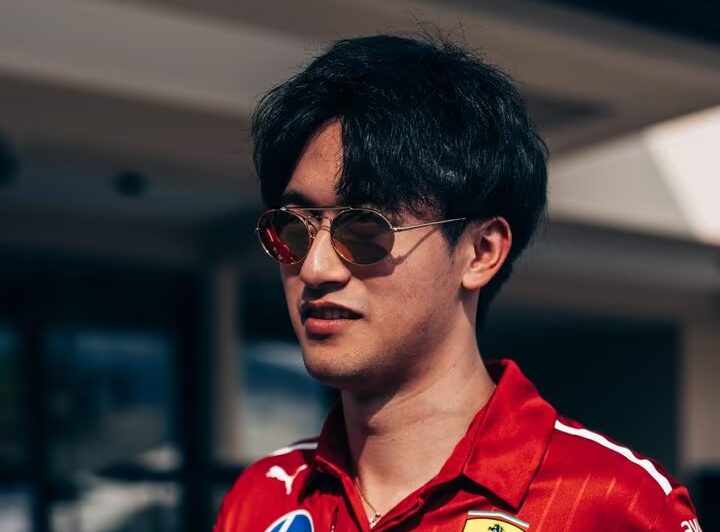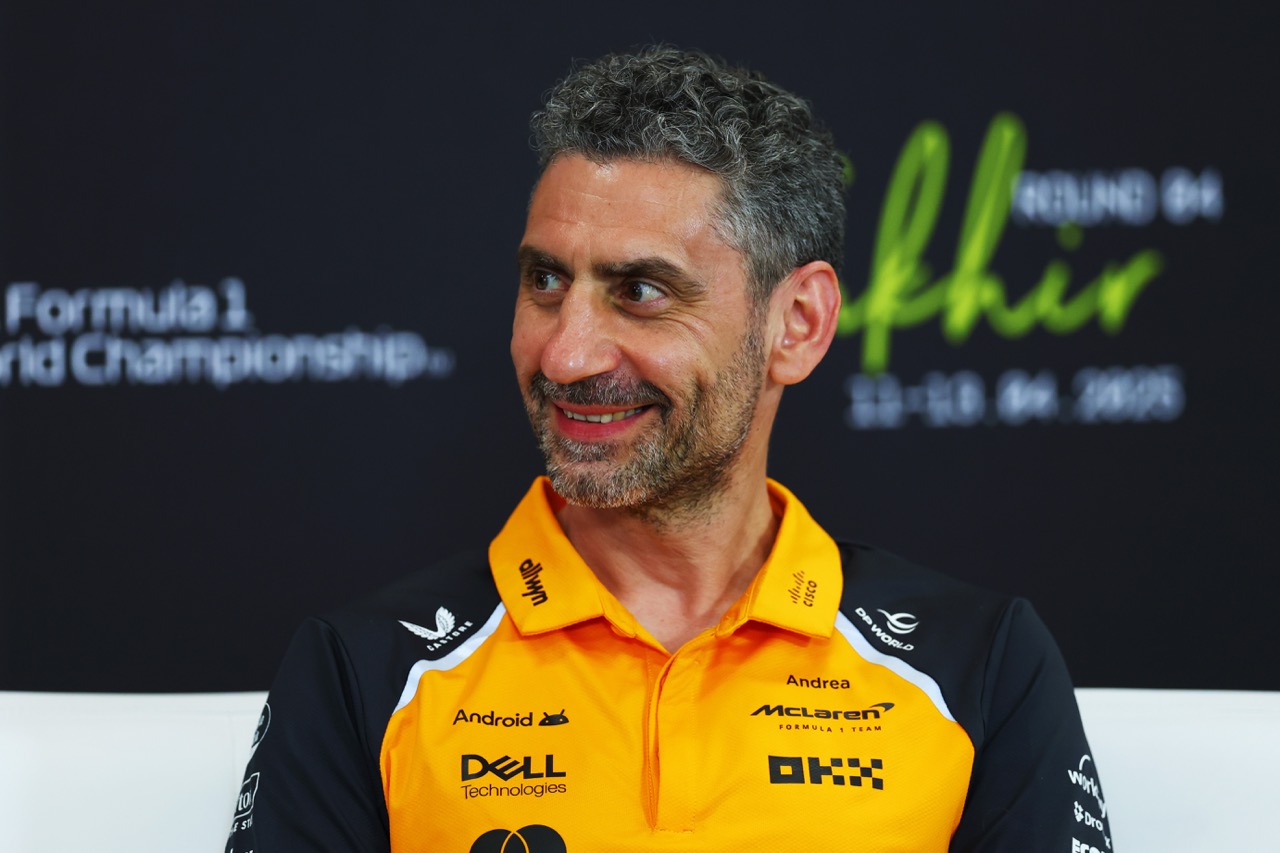As the Belgian GP approaches at Spa-Francorchamps a widely discussed, and perhaps never closed, issue is resurfacing: the danger of the circuit at Eau Rouge and Raidillon, and the possible changes needed to improve driver safety.
Less than a month after the death of Dutch driver Dilano Van ‘t Hoff, during a Formula Regional European Championship race in heavy rain at the Belgian venue, discussions focus on the decisions taken by the federation in the event of bad weather, the procedures following fatal accidents and a question that has been echoing for years: almost four years after the death of Anthoine Hubert – is it the correct decision to let the junior categories drive on one of the circuits that put even the best drivers to the test?
Although the run-off was modified following the death of the French Formula 2 driver in 2019, Zhou Guanyu marked the importance of making changes to the track, particularly at Eau Rouge and Raidillon, suggesting the reinstatement of a slow chicane temporarily introduced in 1994, following the deaths of Ayrton Senna and Roland Ratzenberger at Imola a few months earlier.
“From my side, the track layout needs to change. I lost a friend of mine in 2019 so it kind of hurts there.
“It’s an iconic corner, for sure, but just for safety, we’ve lost too many lives in the past and I think it’s time. I saw some videos of, I think 1994, where there was a little slow chicane. I think it’s the right way forward.
“I think the grandstand, they can move backwards – they have space there. Still overtaking is possible, lap one, with the slipstream, but it’s a lower speed, so everything happens less straightforward.”

Photo Credit: Red Bull Content Pool
The Chinese driver is not the only one who has called for a change in the layout of the circuit. Alpine’s Esteban Ocon also spoke of the poor visibility endangering the drivers on track.
“There’s need to be a review on everything that happened. It is a tragedy. The visibility is definitely the main factor in that race. For most of us, we drive blind in that moment so I’m sure the FIA is looking into it to try and improve the situation. The issue is that we should not learn the hard way. It’s a very sad moment for motorsport.”
Guanyu and Ocon were joined by Lewis Hamilton in calls for change, who stated:
“I think it’s definitely devastating to see that we’ve lost two youngsters in such a short amount of time. But I do trust the FIA, they’ve done such a great job with safety. I know that’s such a focal point for them.
“They make so many changes year on year at every circuit and I’m sure they’ll be looking very much into Eau Rouge and whether or not we can improve that.
“We do need to make some changes because clearly, you’re coming over a hill, you can’t see anything in the bad weather conditions. This has happened now twice, so we definitely need to take a step.”
Zhou Guanyu, continued explaining that during bad weather conditions, which drastically reduce visibility on the track, the focus must remain on the safety of the drivers and the race must be cancelled. Something that did not happen during the Spa race in which Dilano Van ‘t Hoff lost his life.
“I think firstly, with the accident, they shouldn’t have restarted the race, because they did so many laps behind the Safety Car.”
F1 itself is no stranger to continuing races where the main protagonist is awful weather. The 2022 Japanese Grand Prix started with heavy rain falling and had to be stopped after a couple of laps as Carlos Sainz aquaplained off the track on the first lap. The race ultimately restarted after a long pause of two hours.
The Chinese driver explained how he couldn’t see anything from his point of view as he was outside the top 10.
“It’s a bit like Suzuka last year for us. I didn’t know how we started the race. On lap one, I literally saw nothing. I was just guessing on the brake pedal where I should brake, starting further back on the grid – which is the case for the junior category. The visibility made people spin, they couldn’t see anything before a driver got T-boned.”
On the question of whether the drivers of the junior categories should drive at the Spa circuit, the Alfa Romeo driver gave a positive answer, stressing – however – on the importance of taking into account the consequences of bad weather during races.
“It depends on how much the spray is. Because you can’t base it on, let’s say, the Safety Car or the leader – you have to base it on the guy from P10 and downwards. That’s where you have the action and that’s where the visibility is really low. So we’d have to see. I’m sure Formula 1 and all the other categories are aware, but it’s too late. It’s happened in the past and a corner like that, you cannot see that much until you actually hit someone, which is not nice for us.”





